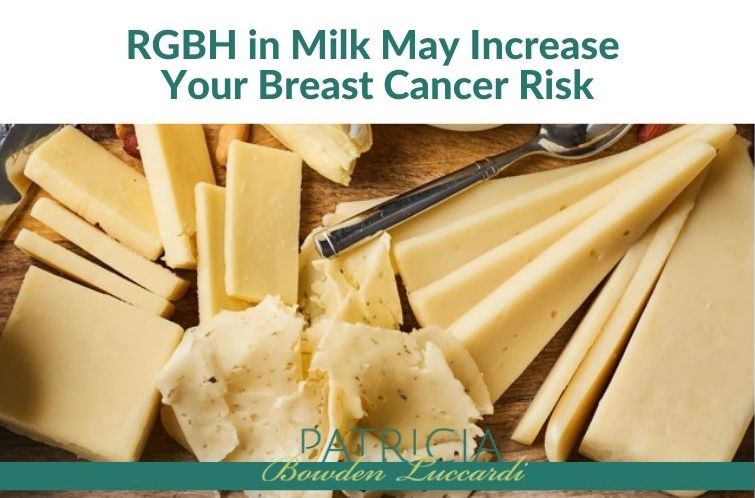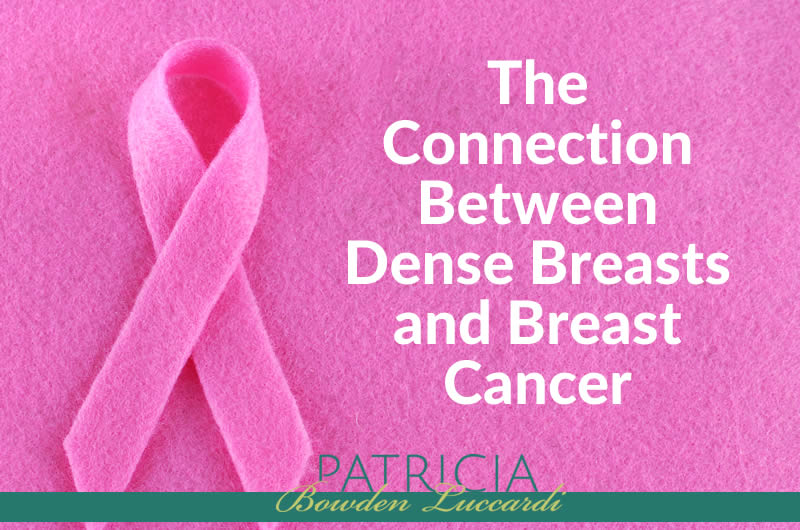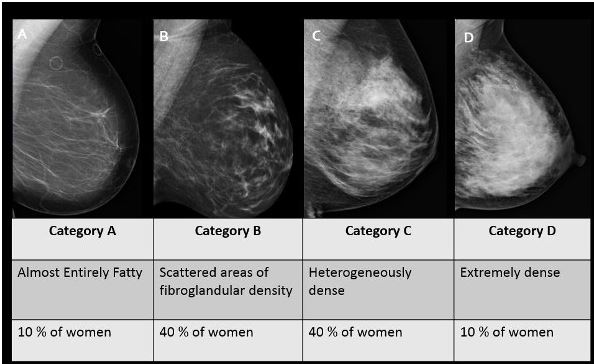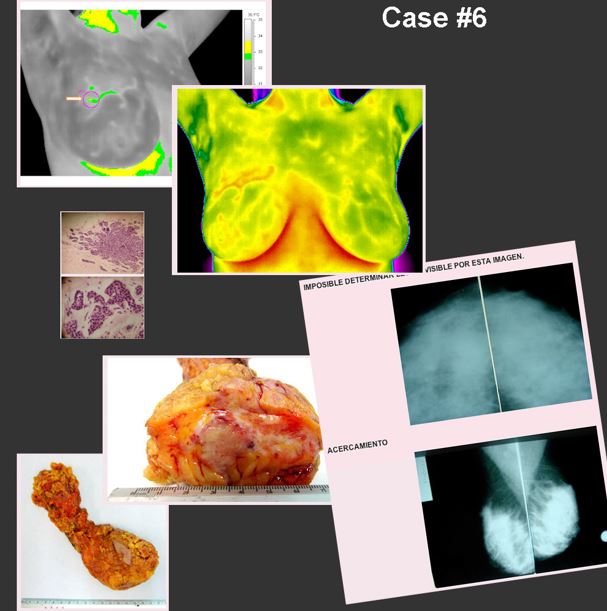RGBH in Milk May Increase Your Breast Cancer Risk
Leave a Comment
As the holiday season approaches, a gathering would not be complete without a cheese board. Until I started researching the genetically engineered growth hormone called rBGH, I was a hard core grazer at those cheese boards. Not anymore.
This is not new news, but like news, it is released and falls by the way side. It is urgent that women in particular know the dangers that genetically engineered cheese poses to their breast health.
Please seek out organic milk and cheese at your local farmers market and health food stores. For those wanting to avoid cheese altogether, several vegan cheeses have come on the market. There are options.
Thank you Dr. Mercola for permission to share this message.
By Dr. Mercola
Breast cancer is the most common cancer among women. If you’re a woman, your chance of getting breast cancer in your lifetime is about one in eight.
Researchers at a breast cancer conference stated that up to one-third of breast cancers could be avoided by making different lifestyle choices, such as the foods you choose to eat.
There is one food you may be surprised to learn, that is directly linked to breast cancer—and that is pasteurized dairy in the form of milk or milk products.
The risk lies in consuming milk from cows treated with a synthetic, genetically engineered growth hormone called rBGH. Unfortunately, this applies to about one third of the dairy cows in America.
When you consume dairy products from these cows, every product made from their milk is contaminated with this dangerous hormone—be it cheese, ice cream, yogurt, butter—or just plain milk.
Cows are injected with rBGH to boost their milk production.
But science has proven this practice, although profitable to the industry, comes at a high price to you, as well as to dairy cows. RBGH, or recombinant bovine growth hormone, is a synthetic version of natural bovine somatotropin (BST), a hormone produced in cows’ pituitary glands.
Monsanto developed the recombinant version from genetically engineered E. coli bacteria and markets it under the brand name “Posilac.”
RBGH is the largest selling dairy animal drug in America.
But it is banned in Canada, Japan, Australia, New Zealand, and in the 27 countries of the European Union because of its dangers to human health. Many have tried to inform the public of the risks of using this hormone in dairy cows, but their attempts have been met with overwhelming opposition by the powerful dairy and pharmaceutical industries, and their government liaisons.
Monsanto Lawyers Threaten “Dire Consequences” for Whistleblowers
In 1997, two Fox-affiliate investigative journalists, Jane Akre and Steve Wilson, attempted to air a program exposing the truth about the dangers of rBGH. Lawyers for Monsanto, a major advertiser with the Florida network, sent letters promising “dire consequences” if the story aired.
After attempts by Fox to bribe the reporters to keep quiet failed, the station agreed to air a revised version of the report. An unheard of 83 edits later, the report was shelved and the courts took over. Although a lower court ruled in favor of the reporters for some $425,000, a Florida appeals court denied them whistleblower protection, claiming Fox (and the media in general) have no obligation to tell the truth and have the freedom to report, essentially, fact OR fiction as real news.
They tell their story in an article at PR Watch. (It was taken down)
It is stories like this that reignite my determination to bring you factual information about these important issues regarding your health.
Despite decades of evidence about the dangers of rBGH, the FDA still maintains it’s safe for human consumption and ignores scientific evidence to the contrary. According to Dr. Samuel Epstein, a well-respected professional in cancer prevention and toxicology and chairman of the Cancer Prevention Coalition, the FDA has responded to evidence that rBGH is unsafe with a wide range of “tenuous and inconsistent claims” based on “highly speculative and misleading calculations…based on a wide range of assumptions,” often citing flawed scientific studies that simply are not meaningful.
In 1999, the United Nations Safety Agency ruled unanimously not to endorse or set safety standards for rBGH milk, which has effectively resulted in an international ban on U.S. milk. The Cancer Prevention Coalition, trying for years to get the use of rBGH by the dairy industry banned, resubmitted a petition to FDA Commissioner Margaret Hamburg, MD, in January 2010.
They are still waiting for a response. Although the FDA stubbornly sticks to its position that milk from rBGH-treated cows is no different than milk from untreated cows, this is just plain false and is not supported by science.
Differences Between rBGH-Treated and Untreated Milk
According to Dr. Epstein, rBGH milk differs from natural milk nutritionally, pharmacologically, immunologically, and hormonally, and he cites the following differences. RBGH milk contains:
- Increased levels of insulin growth factor-1 (IGF-1)
- Contamination with illegal antibiotics and drugs used to treat mastitis and other rBGH-induced diseases, as well as pus from increased rates of mastitis among the cows injected with rBGH
- Increased levels of the thyroid hormone enzyme thyroxin-5′-monodeiodinase
- Reduced casein content (a milk protein)
- Increased concentration of long-chain fatty acids and decreased concentration of short-chain fatty acids
ALL of the factors above can cause or contribute to health problems for people. But people aren’t the only ones suffering—as it turns out, the cows getting injected with these hormones are suffering as well.
RBGH Causes 16 Different Medical Problems in Dairy Cows

As mentioned above, the cows receiving this synthetic hormone suffer massively high rates of mastitis, a painful infection of their udders. Monsanto’s own data show up to an 80 percent incidence of mastitis in hormone-treated cattle, resulting in the need for routine administration of antibiotics and other drugs. This increases the frequency of allergic reactions and fuels antibiotic resistance. But mastitis is not the only adverse veterinary effect. The Canadian Journal of Veterinary Research (2003) found 16 different harmful medical conditions resulting from rBGH administration to dairy cattle, including:
- 40 percent increase in infertility
- 55 percent increased risk for lameness
- Shortened lifespan
- Hoof disorders
- Visibly abnormal milk
From the data presented in this meta-analysis, I think it’s a reasonable conclusion that injecting animals with rBGH is cruel and inhumane treatment, besides producing milk that is not fit for human consumption.
RBGH Raises Levels of IGF-1 in Milk by Up to 70 Percent
IGF-1 is a potent hormone that acts on your pituitary gland to induce powerful metabolic and endocrine effects, including cell growth and replication. Elevated IGF-1 levels are associated with breast and other cancers. When cows are injected with rBGH, their levels of IGF-1 increase up to 20-fold, and this IGF-1 is excreted in the milk.
According to some confidential, unpublished industry studies, IGF-1 levels consistently elevate by 25 to 70 percent in rBGH milk. In reality, it is probably worse than that, since standard calculation techniques used by the dairy industry underestimate IGF-1 levels by a factor of four.
In one study, a six-fold increase in IGF-1 levels in milk were found as early as seven days following rBGH treatment.
Not only are IGF-1 levels elevated in the milk of rBGH-treated cows, but a significant portion of this IGF-1 is in the free, or unbound, form, which may be about 10 times as potent as the IGF-1 in untreated milk. And not only does pasteurization NOT destroy this protein, but studies show it actually increases IGF-1 levels by about 70 percent, presumably by disrupting protein binding. There is a glaring absence of safety margins for IGF-1 in milk, and assurances by industry and government regulators to establish these parameters have been nothing more than empty promises.
Ok, so the levels of IGF-1 are higher in rBGH milk. But does the IGF get absorbed into your system when you drink it, or does your digestive tract break it down and render it inert?
Science tells us unequivocally that you do NOT break this down when you swallow it, but you DO absorb it into your bloodstream, as evidenced by both human and animal studies. Infants and young children absorb IGF-1 in even higher concentrations than adults, because their gut wall is more permeable to proteins. Infants and young children show higher levels of cow’s milk protein antibodies. The IGF-1 in dairy products appears to be protected during digestion by casein and by dairy’s buffering effects.
How Elevated IGF-1 Levels May Raise Your Breast Cancer Risk
Only one of every 10 breast cancer cases is attributed to genetics—the other nine are triggered by environmental factors, some of which are dietary. The fact that increased IGF-1 levels in hormone-treated milk increase your risk for breast, colon, and prostate cancers as has been documented in about 50 scientific publications over the past three decades. Among them is the 1998 Harvard Nurses Health study, which showed that premenopausal women with elevated IGF-1 levels had up to a seven-fold increase in breast cancer. And women younger than age 35 who have elevated IGF-1 have more aggressive breast cancer.
How does IGF-1 contribute to breast cancer?
IGF-1 regulates cell growth, cell division, and the ability of cancer cells to spread to your distant organs (invasiveness). In other words, IGF-1 has potent mitogenic effects in human breast tissue, especially in the presence of estradiol (a form of estrogen). Growth factors such as IGF-1 are “catalysts” for the transformation of normal breast tissue into breast cancer tissue, and are critically involved in the aberrant growth of human breast cancer cells. The following two findings have direct bearing on this link between elevated IGF-1 levels and breast cancer:
- Specific IGF-1 mammary cell receptors are elevated by a factor of 10 in malignant human breast tissue.
- IGF-1 plasma concentrations are higher in breast cancer patients than in healthy patients. (As an aside, this is how the breast cancer drug tamoxifen exerts its action—by reducing blood IGF-1 levels.)
According to Dr. Epstein, IGF-1 blocks your natural defense mechanisms against early microscopic cancers—it prevents apoptosis of cancer cells, or programmed cellular self-destruction.
The breast tissues of female fetuses and infants are especially sensitive to hormonal influences and cancer-causing chemicals. Infants and children exposed to high IGF-1 early on may become “sensitized,” leading to health problems later in life, such as breast enlargement in infants and young children, and breast cancer in adult women. Yet, despite these elevated risks to children, few schools make rBGH-free or organic milk available, nor do most state governments under low-income food programs. A study authored by Dr. Epstein demonstrated that IGF-1 in rBGH milk is a potential risk factor for both breast and gastrointestinal cancers. And a study published in Cancer Epidemiology, Biomarkers & Prevention concluded that diet can impact cancer risk by influencing IGF-1 level.
The risks don’t end with breast cancer.
Ten studies show that consuming milk from rBGH-treated cows raises your risk for colon cancer. Seven studies document this for prostate cancer. If you want more information on this topic, I recommend reading Dr. Epstein’s 2006 book, What’s In Your Milk?
Are You Drinking rBGH Milk?
You very well may be drinking rBGH milk, or eating rBGH cheese or yogurt, as no labeling is required. This is despite the fact that surveys show that more than 80 percent of Americans want it labeled, but the government, as usual, continues bowing to industry lobbyists. The good news is, as increasing numbers of consumers and dairies choose to avoid rBGH, you can find labels that say “rBGH-free” or a similar variation. Organic milk is also rBGH-free. According to the Hartman Group, organic milk is now among the first organic product consumers buy.
 Organic milk is enjoying an annual growth rate of about 20 percent, while overall milk consumption has dropped by about 10 percent.
Organic milk is enjoying an annual growth rate of about 20 percent, while overall milk consumption has dropped by about 10 percent.
Organic milk is certainly preferable to milk that contains this dangerous hormone. However, I still don’t recommend drinking any milk that is pasteurized—organic or otherwise. You can avoid the risks of rBGH, as well as pasteurization, by drinking only raw milk that comes from a small farmer you know and trust. The milk issue is really part of the larger problem of genetic manipulation of our food supply. The more you can avoid genetically modified (GM) and highly processed foods, the healthier you and your family will be.
HERE ARE THREE THINGS THAT YOU CAN DO:
1. Do not buy milk from cows treated with rBGH. Unless the milk-label states “NO rBGH”, you can assume the milk is contaminated. rBGH has become so widely used by dairy farmers. Most health food stores sell rBGH-free milk.
2. Contact your local supermarket and find out if they have a policy regarding rBGH and milk. Make clear that you would like rBGH-free milk.
3. Write to the FDA and express your concern that they are restricting the labeling
References:
- PR Watch 2000
- Business Wire April 2010
- Cancer Prevention Coalition
- What’s In Your Milk?
- Canadian Journal of Veterinary Research October 2003
- Analyst. December 1998
- Int J Health Serv. 1996
- Lancet May 1998
- Cancer October 1996
- GreenMedInfo
- Cancer Epidemiology, Biomarkers & Prevention 2002
- PreventCancer.com June 2006
If you want to use an article on your site please click here. This content may be copied in full, with copyright, contact, creation and information intact, without specific permission, when used only in a not-for-profit format. If any other use is desired, permission in writing from Dr. Mercola is required.



